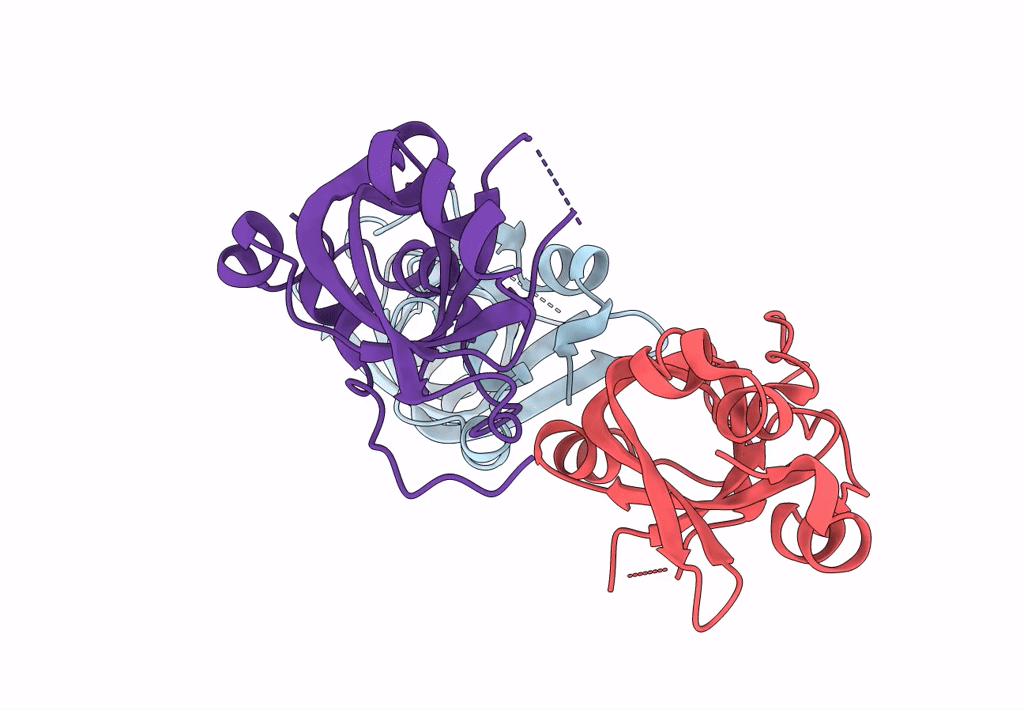
Deposition Date
2022-09-20
Release Date
2023-09-27
Last Version Date
2023-09-27
Entry Detail
PDB ID:
8B4K
Keywords:
Title:
Rfa1-N-terminal domain in complex with phosphorylated Ddc2
Biological Source:
Source Organism:
Saccharomyces cerevisiae (Taxon ID: 4932)
Host Organism:
Method Details:
Experimental Method:
Resolution:
1.55 Å
R-Value Free:
0.19
R-Value Work:
0.16
R-Value Observed:
0.16
Space Group:
P 1 21 1


